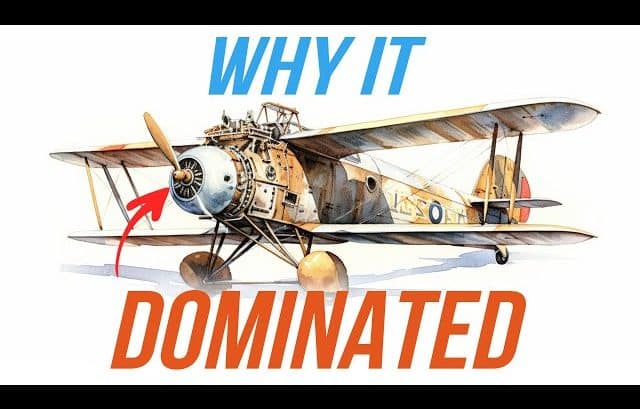Armed with its twin machine guns and the proud owner of nearly 1,300 air kills in its lifetime, the Sopwith Camel was an iconic aircraft of the biplane era.
Development
The Camel was the brainchild of Sopwith’s chief engineer Herbert Smith. The plane would have its first test flight on December 22, 1916, piloted by Harry Hawker who would later go on to be the co-founder of Hawker aircraft.
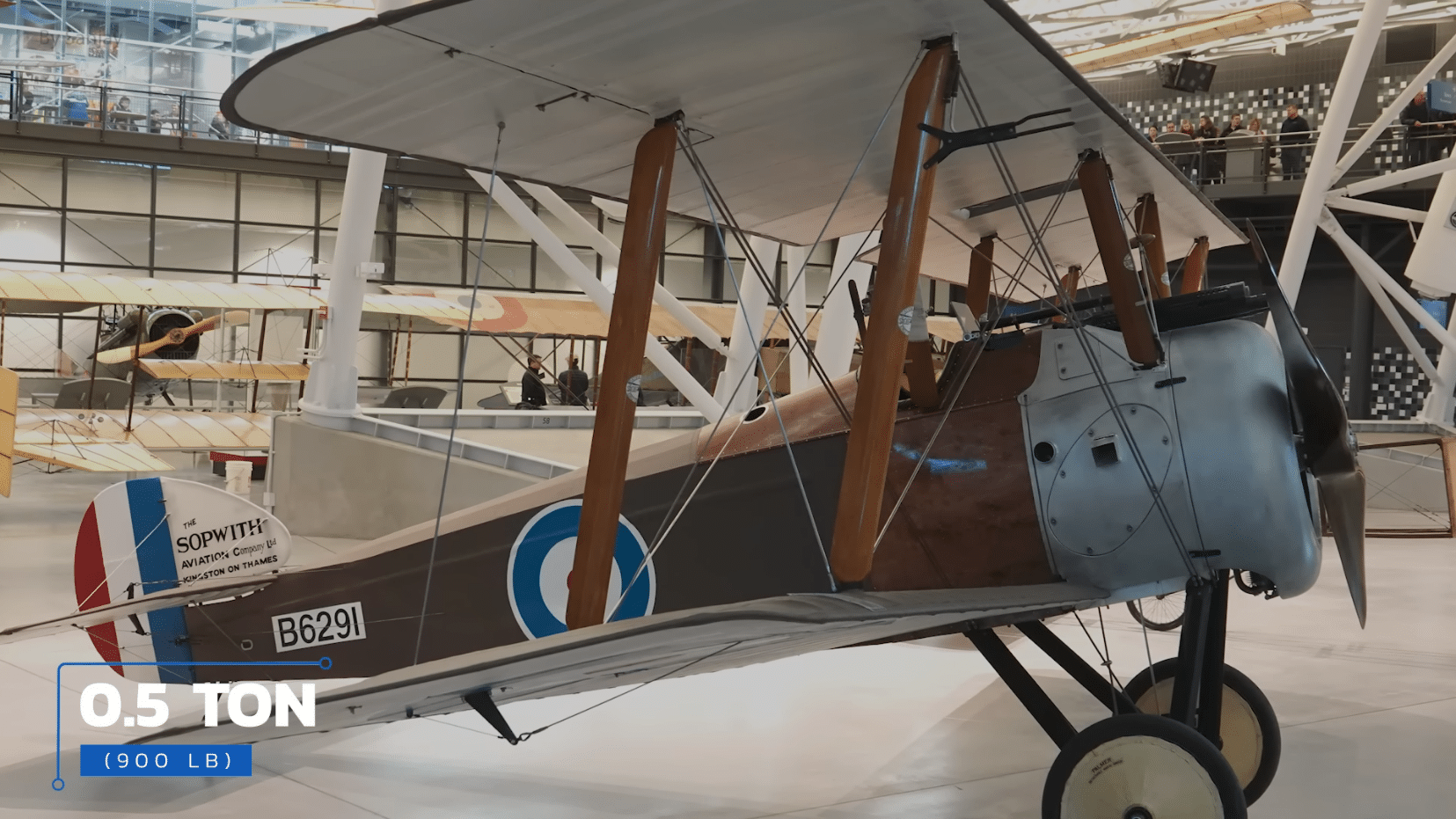
Before long, the Camel had proven that it was the aircraft the UK needed in order to stand any chance in the war.
Production
On May 17, the war office requested its first batch of 250 planes.
Over the course of 1917, well over 1,300 would be produced and by the time production concluded, over 5,500 aircraft were serving Britain and its partners around the world.
Formidable Aircraft
Upon its entry into service, the Sopwith Camel was a formidable aircraft compared to the standard during that time.
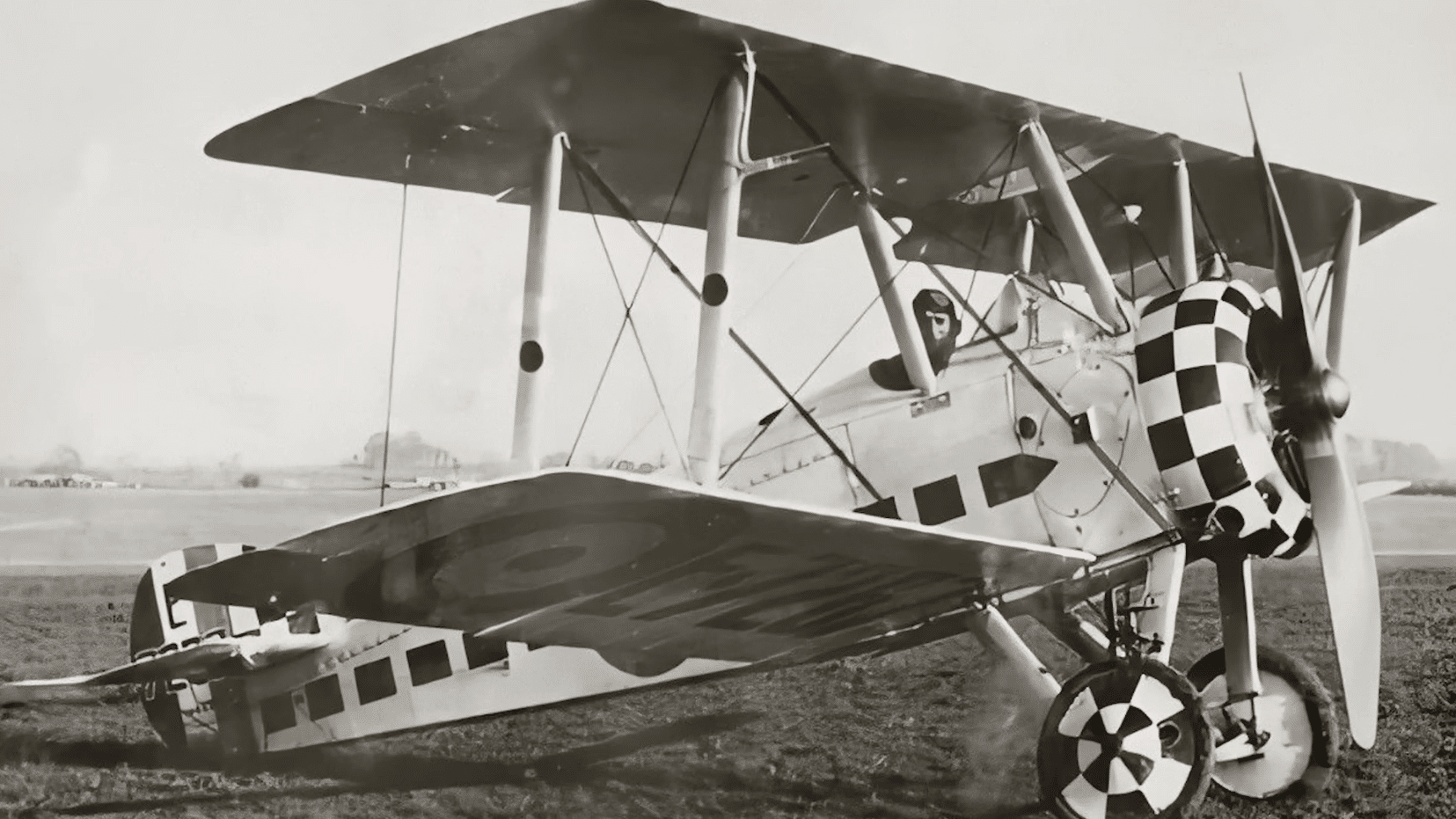
It was a one-seater with an overall length of 18 feet and a wingspan of 28 feet. It flew at a maximum speed of just 113 miles per hour, its stall speed was just 48 miles an hour, had a range of 300 miles, and a service ceiling of 90,000 feet, with a climb rate of 1,085 feet per minute.
It was also armed with two 7.7 mm machine guns and could be fitted with up to four 20-pound bombs for ground attack purposes.
A Trade-Off
Where the Camel really excelled is its engine power and agility. The camel could outperform relatively just about any of the planes that came before it. Before it was intended for service in the British military, the Camel was, on paper, the best thing that the Brits have ever produced and had in the skies. However, it wouldn’t be the same for its pilots.
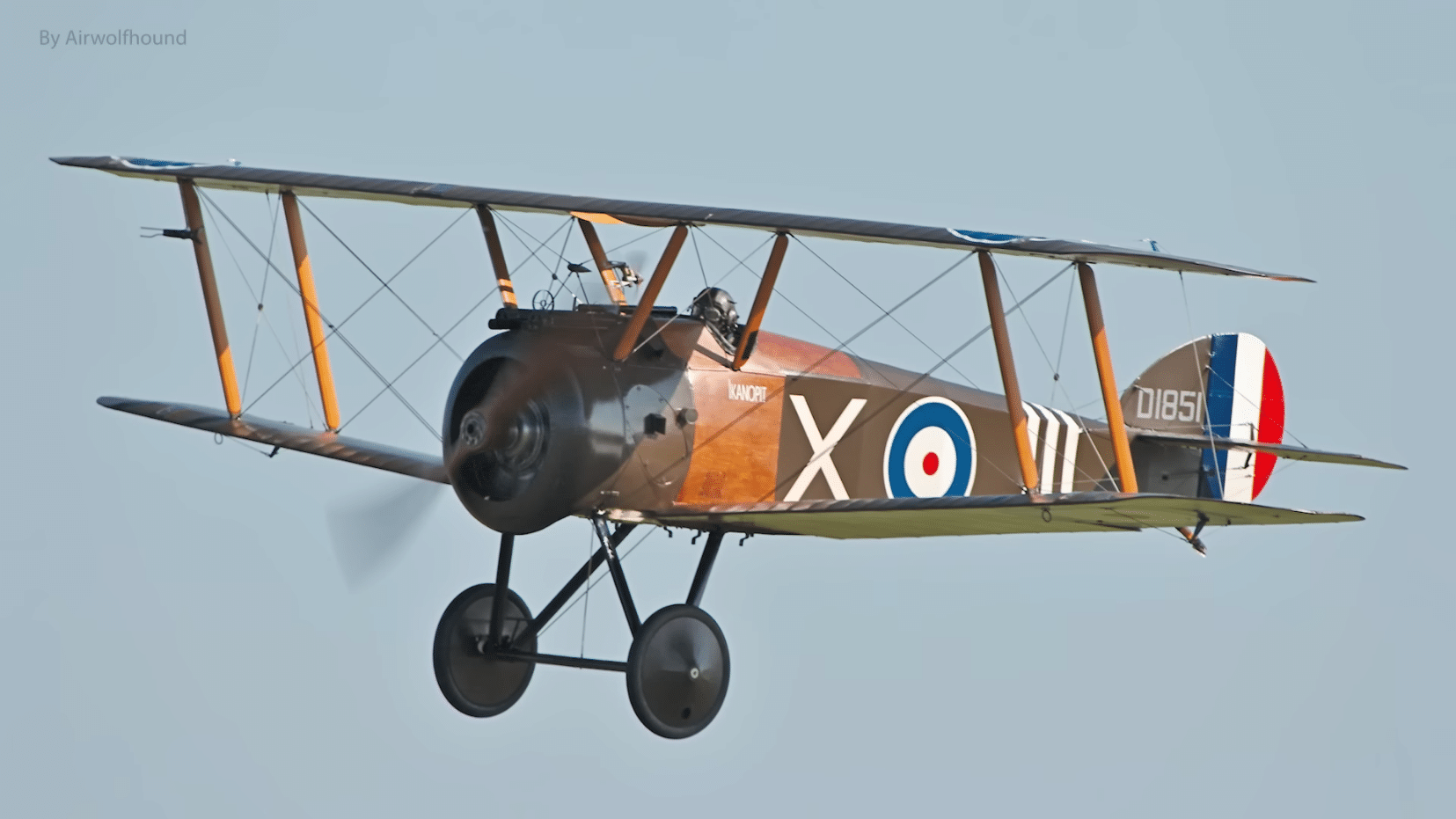
Throughout its lifetime, more pilots would die trying to learn how to fly it than they would die in active aerial combat. In fact, this problem would be so bad that the life expectancy of an inexperienced pilot in the cockpit was barely over two weeks.
That’s because the Camel’s rotary engines would create a so-called ‘Gyroscopic Effect’ where the presence of a large rotating mass in front of the plane caused it to swerve from side to side, changing its altitude and orientation relative to the Earth’s horizon. It would end up with the plane’s nose up or down, and as a result, pilots have a tendency to overreact and lose control.
Legacy
The Camel quickly proved just how badly it could outclass German fighters. Before long, Camels would be flying in over 55 squadrons.
It was also by the Camel’s intervention that the aerial battles of World War I went from one-sided, to closely contested then one-sided where the Allies would maintain air superiority through the end of the year and deepen it.
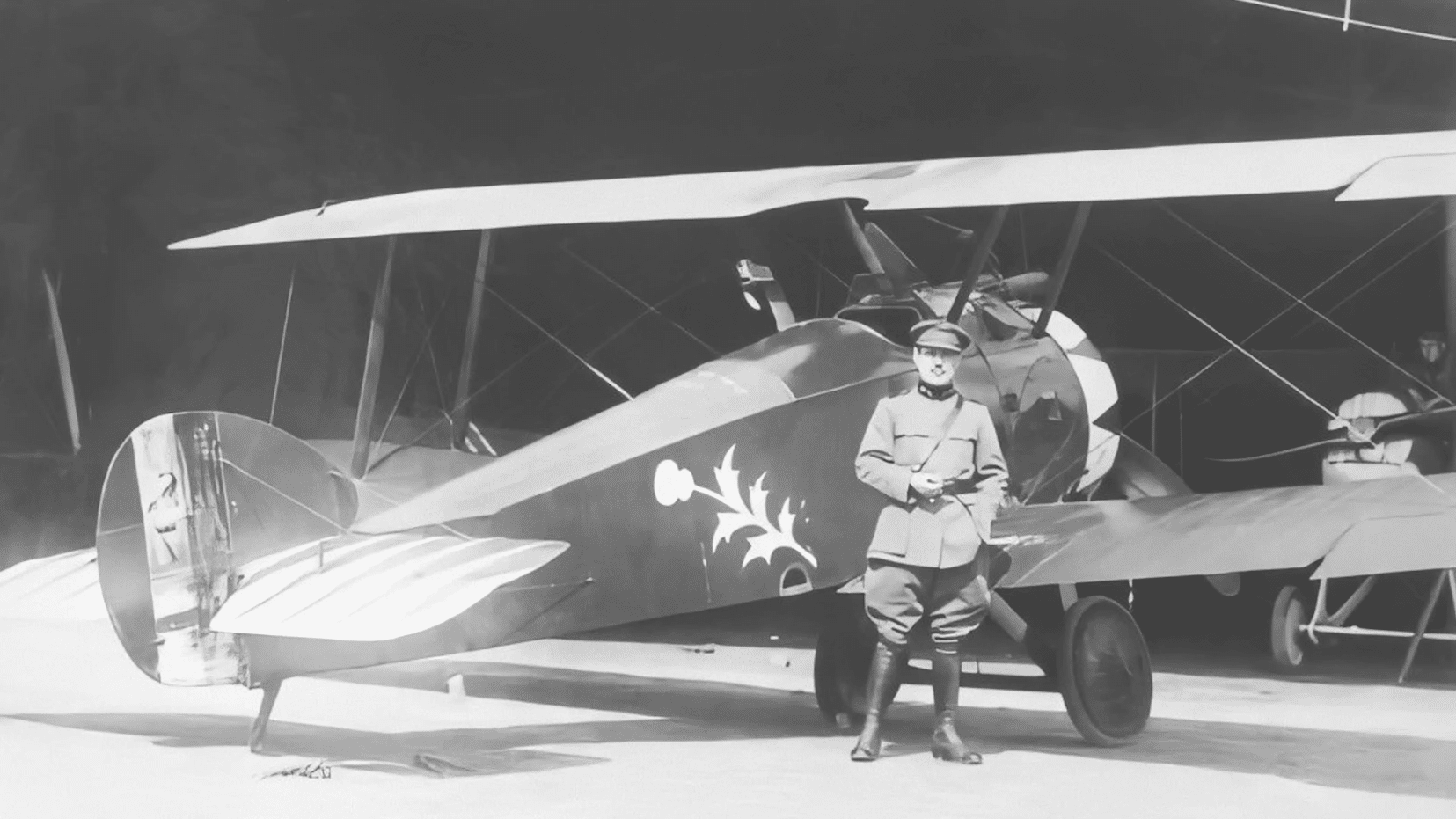
As author, Robert Jackson puts it, “In the hands of a novice, it displayed vicious characteristics that could make it a killer; but under the firm touch of a skilled pilot, who knew how to turn its vices to its own advantage, it was one of the most superb fighting machine ever built.”


